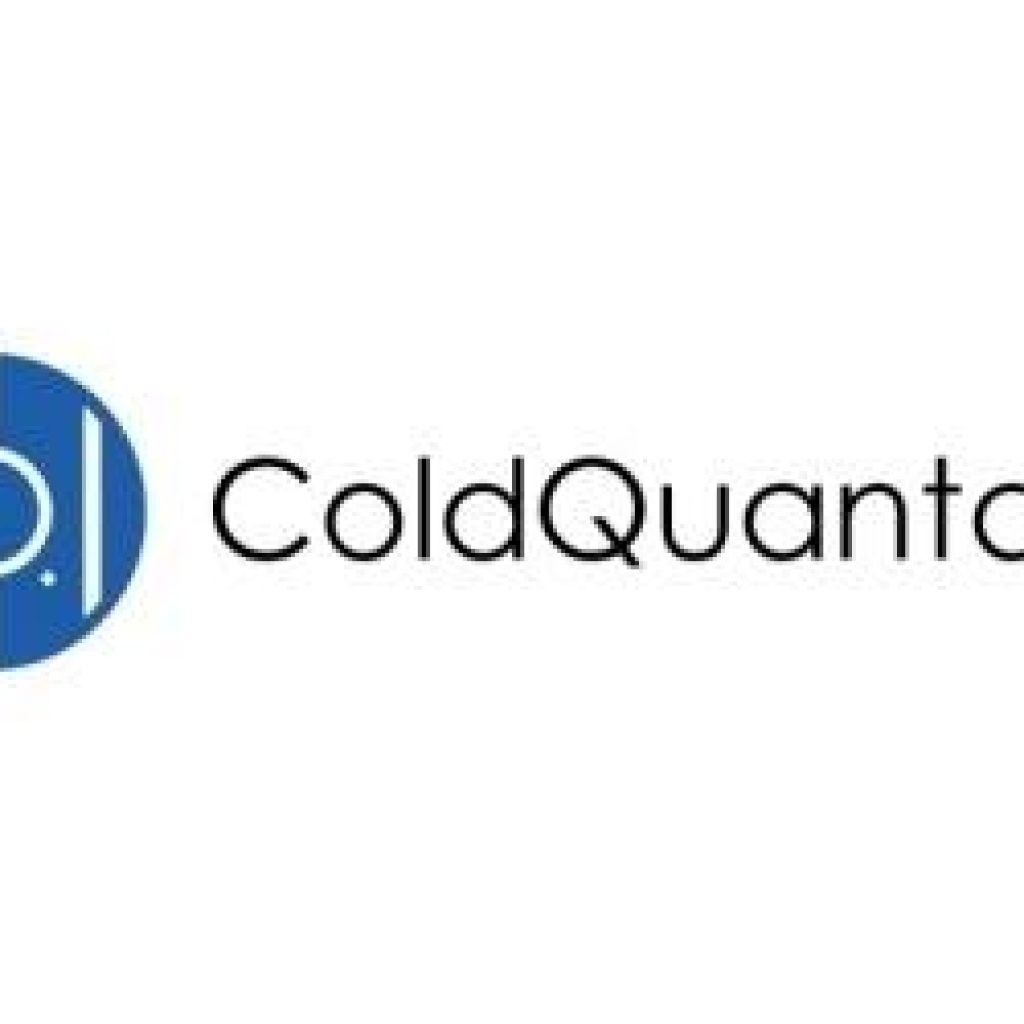(NextPlatform) There are some companies that have some significant advantages across the quantum spectrum. The first in this category is Honeywell, which has the advantage of owning the supply chain of technology assets (from refrigeration units to control logic) to produce quantum systems from other businesses. There’s yet another company that might have an even broader quantum edge—one that is sharp not just on potential computing devices, but across the widening array of quantum applications in positioning, computing, and beyond.
We expect to hear much about Cold Quanta over the next several years. While they don’t own the cooling and complex supply chains Honeywell has in-house, they have something that might be more important down the line: an established quantum technology that can be widely applicable across the quantum spaces: from positioning and telemetry systems all the way to quantum computers. While the latter won’t appear until later this year, the body of work and core technology gives ColdQuanta vast reach and a deep patent portfolio to own a big share of government quantum work at the edge device level up to large systems.
NOTE: ColdQuanta is the “Quantum Sensors Sponsor” of IQT-New York May 2021
The company’s IP is based on cold or neutral atoms. At its simplest, this work, which comprised a Nobel Prize in 2000, is based on using lasers to slow or stop atomic motion, creating “cold atoms” that can be manipulated into quantum matter.
The multi-purpose quantum capabilities ColdQuanta can now meet are all based on what looks like a simple glass cell. This is at the core of everything that company does. Each of these glass cells is first evacuated and filled with atoms of a single element (for quantum computing it’s cesium). Lasers are used to stop the motion of the contained atoms, which makes them cold and allows them to take on quantum properties.
ColdQuanta is doing just the kind of thing the DoD and other agencies are actively seeking around telemetry, navigation, atomic clocks, and more already.
As the company’s President and CEO, Bo Ewald (if you’ve been around the block you know him from SGI, D-Wave, Linux Networx, Cray Research, and way back, LANL) tells us, “We’re coming from a place where we’ve spent the last twelve years building the lab equipment, learning about cold atoms and how they can be deployed in systems,” Ewald says. “Our goal is to make a machine we can run applications on.”
Ewald says a DARPA contract has ColdQuanta pegged to deliver a system with at least one thousand qubits in three years—a tall order considering machines in the 20-50 qubit range (with reasonable connectivity, coherence, performance, etc.) are the norm now. “The idea is we’ll have, by the end of 2023 into 2024, a system with thousands of qubits is where we are aimed. That will be more than 2-3X what today’s systems have. In terms of connectivity between qubits, we’ll start with having one qubit connected to its four nearest neighbors but we use lasers to connect, so we think by the end of those next few years we could have one qubit connected to 20-30 others,” Ewald projects.
